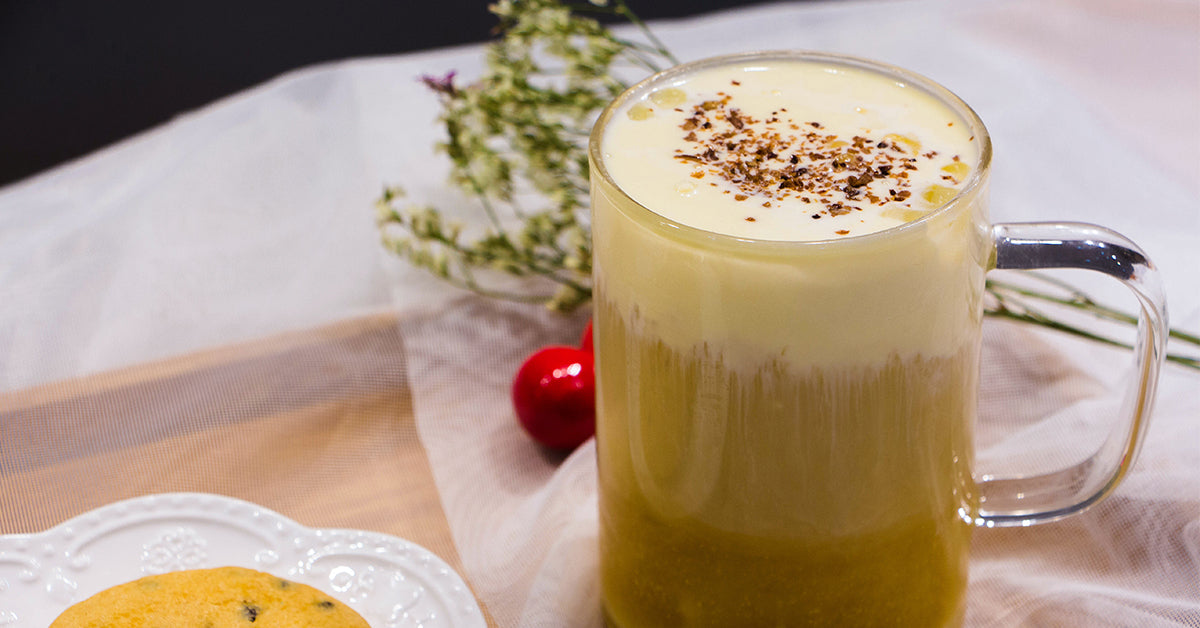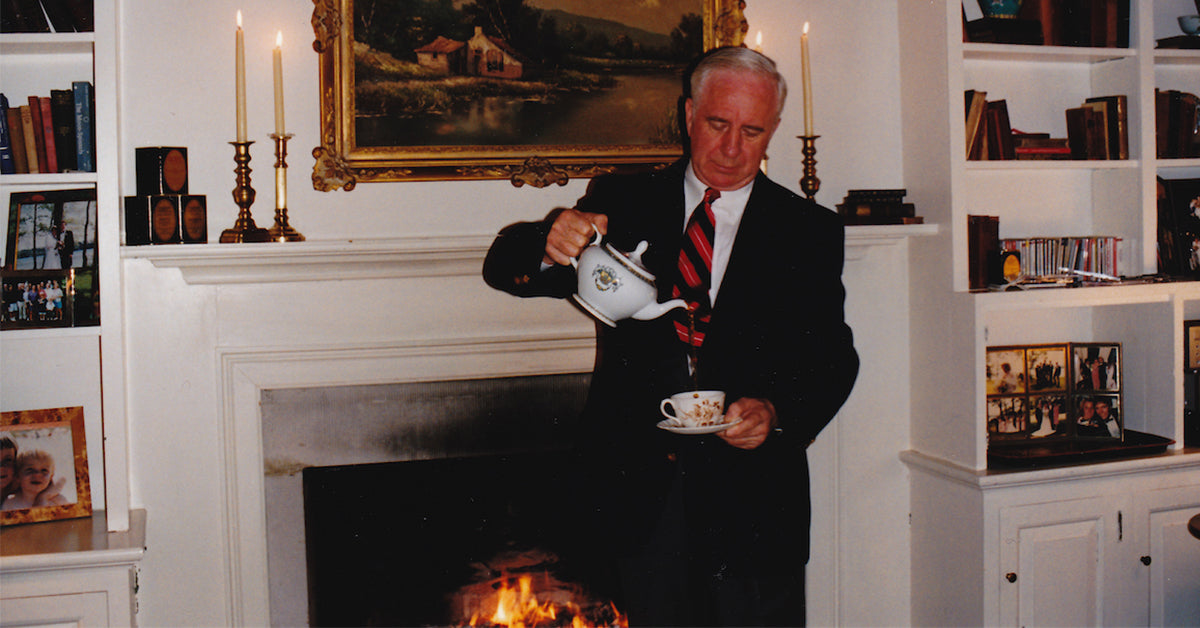From Bud to Cup: Making Jasmine Tea
Of all the wonderful teas that come from China, jasmine tea is probably the tea most closely associated with that country. The delicate floral scent and aroma of jasmine tea, however, is not easily achieved. The process of creating a balanced jasmine tea is tedious, time-consuming and requires true expertise and impeccable timing. If making jasmine tea were like a country song, it would be Kenny Roger’s “The Gambler,” because when you’re scenting jasmine tea, you gotta know when to hold ‘em, know when to fold ‘em, know when to walk away and know when to run!

It all begins with the tea base. The best jasmine teas are made from leaves that have been encouraged to oxidize some and are close in type to green tea but are really a category all their own. This tea base is called pouchong or zao bei. The tea is harvested in the spring (generally April and May), but jasmine does not bloom until summer (July-September). The tea is processed using a slightly different drying process that involves blowing warm air on the surface of the leaves, which diminishes rolling and curving of the leaves and, in turn, means there is more surface area available for the leaves to absorb the jasmine scent later. The processed leaves are then carefully stored until the jasmine blooms a few months later.
Jasmine tea is most notably associated with China’s Fujian Province, specifically the area around the town of Fuan where jasmine bushes are found in abundance. Jasmine tea is produced in Chinese provinces, all during sweltering summers, but Harney & Sons believes the best comes from Fujian, which is where we source ours.

When it’s time to harvest the jasmine flower buds, the best time to do so is in the early afternoon after the dew has evaporated. Maintaining the condition of the buds is critical; workers will keep the flowers at temperatures ranging from 100-104°F to encourage the buds to continue opening and to help the development of the flower’s aroma. Meanwhile, the base tea has been taken from its cool storage and has been allowed to come to room temperature, which in the Chinese provinces where jasmine grows is in the 90s during that time of year.

Production begins at night, when the jasmine flowers and base tea are mixed together and raked into a pile and left to mingle for about six hours. During that time, there is a buildup of heat in the pile that allows the jasmine buds to fully open and release their scent. The larger the pile, the hotter the internal temperature will become, requiring the tea makers to keep an eye on how hot it gets and adjust accordingly. If the base tea gets too hot, it will adversely affect the tea’s flavor.
This scenting process goes on for several days, with introductions of fresh jasmine blossoms into the pile every few hours after the old ones are sifted out. The first scenting period is the most vital, so large quantities of flowers are used during the first round, with decreasing amounts used in subsequent scenting sessions. The scent master determines how long and how many times a new batch of flowers is added. As the tea processes, it needs time to rest between scentings. As we said, it’s all a very exact and tedious process. Premium jasmine teas like Yin Hao can be scented as many as eight or nine separate times. With resting periods in between scenting periods, it can take as long as a month to finish a batch of Yin Hao.
When it has been decided that the base tea has become jasmine tea, the blossoms are blown out of the tea with fans. While you may find some jasmine blossoms in teas here in the West, mostly for aesthetics as the flavoring is done through the scenting process, the Chinese prefer not to have blossoms in their jasmine tea, with just a few exceptions. From the time the tea leaves were harvested in the spring to late summer when the jasmine flowers are ready to be picked through the meticulous scenting process, a fresh batch of jasmine tea does not reach the market until October or November each year.

The process just described is used for premium jasmine teas, like the ones we’re proud to offer at Harney & Sons. Standard-grade jasmine tea goes through a similar scenting process, but uses summer-harvested tea leaves of a lesser grade and goes through only one or two scenting sessions. This grade of jasmine tea can also be made by simply combining jasmine blossoms with fully processed green or oolong teas. The result is a less richly scented tea that also does not have the extended shelf life of premium jasmine teas (up to three years due to the oxidation that occurs during the heat buildup in the scenting pile).

Whether you enjoy a traditional cup of Jasmine tea, the ethereal light flavors of Jasmine Silver Needles or the hand-rolled exquisiteness of Dragon Pearl Jasmine (the leaves are scented before, during and after being rolled into “pearls”), we hope you have a new appreciation of what it takes to create this incredibly special tea.





3 comments
Charlotte
Now I know why I paid $13.00 an once a while back in San Francisco. Well worth it!
Now I know why I paid $13.00 an once a while back in San Francisco. Well worth it!
Lisa
The more you learn about tea, the more fascinating it becomes. The artisans who create it are true artists. Harney & Sons is like my favorite gallery.
The more you learn about tea, the more fascinating it becomes. The artisans who create it are true artists. Harney & Sons is like my favorite gallery.
Mary
Fascinating, I had no idea…
Fascinating, I had no idea…